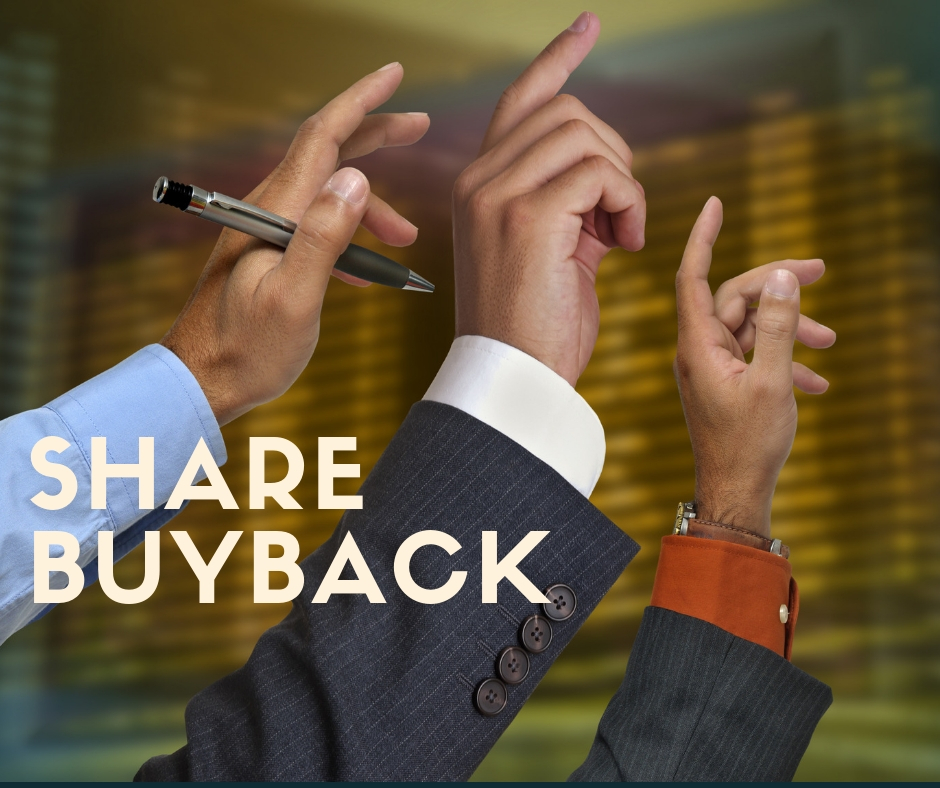What is a Share Buyback?
A share buyback, also known as a stock buyback or repurchase program, occurs when a company’s management repurchases shares of its own stock. It is an example of institutional buying. Because buying back stock reduces share count, it artificially inflates earnings per share and stock price. This is common practice for companies that have extra cash on hand.
How Repurchase Programs Can Benefit Investors
Traditional wisdom on stock buybacks suggests that increasing earnings per share also increases shareholder value. This is true if the buyback occurs when the stock is trading at a reasonable valuation. In this situation, a CEO would repurchase more shares of their company’s stock as its price fell. Consider this quote from a recent article by Marc:
For example, if a company earns $10 million and has 10 million shares outstanding, it earns $1 per share. If the company bought back five million shares and it earned $10 million, earnings per share rises to $2, even though the company didn’t earn an additional penny.
However, though many companies have extra cash on hand, CEOs’ track records of timing their stock buybacks are notoriously flawed…
Problems with Share Buybacks
Often, instead of repurchasing stock at an attractive price, companies’ managements tend to buy back stock when it is at a high. For example, Wal-Mart‘s (NYSE: WMT) stock peaked in the fall of 2018, during which time management repurchased five times as much stock as it had previously. Qualcomm (Nasdaq: QCOM) followed the same pattern.
Buying back stock at its highs does not have the same benefits for shareholders as repurchasing stock at a lower value. In this case, the inflated success metrics only produce good publicity for the company.
Alternatives to Share Buybacks
Companies that have extra cash on hand can consider making an acquisition instead of repurchasing stock at an unreasonable value. Management can also consider initiating a dividend and handing the power to reinvest at a value back to its shareholders.
Using Dividend Reinvestment Plans, or DRIPs, investors can put their extra cash back into the company and accomplish the same goal that a reasonably-valued stock buyback would. To estimate profits from using a plan like this one, try using our Dividend Reinvestment Calculator.
A share buyback can benefit a company’s investors if it is timed correctly – but this is notoriously rare.
